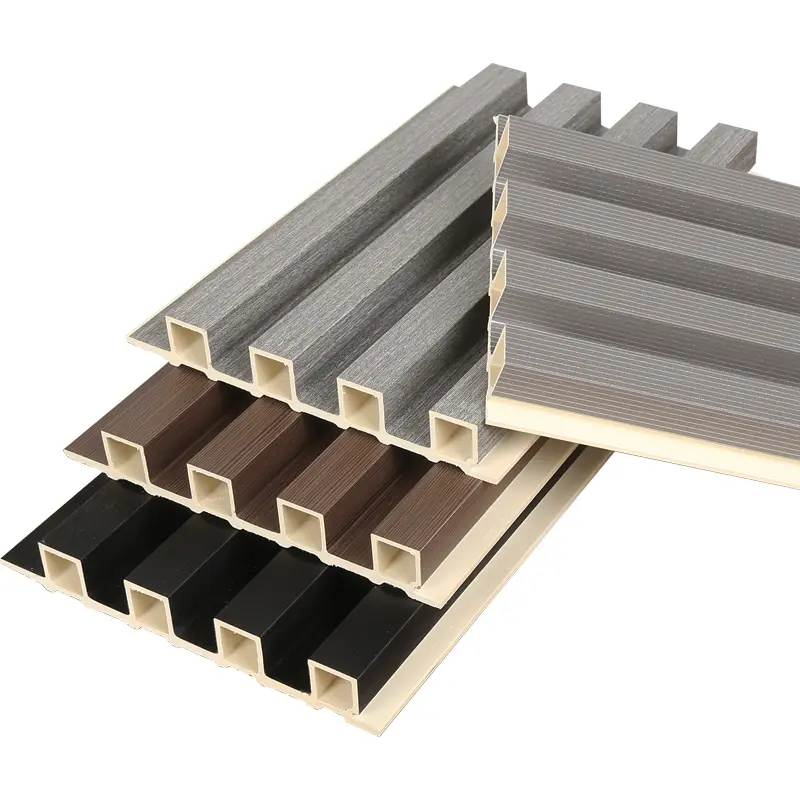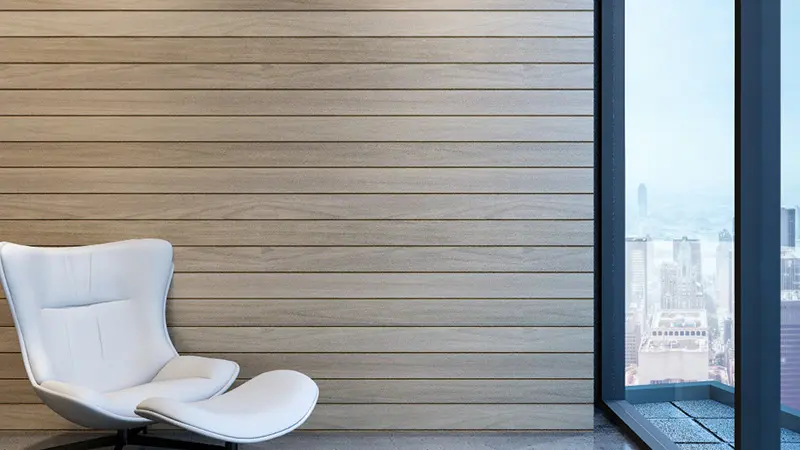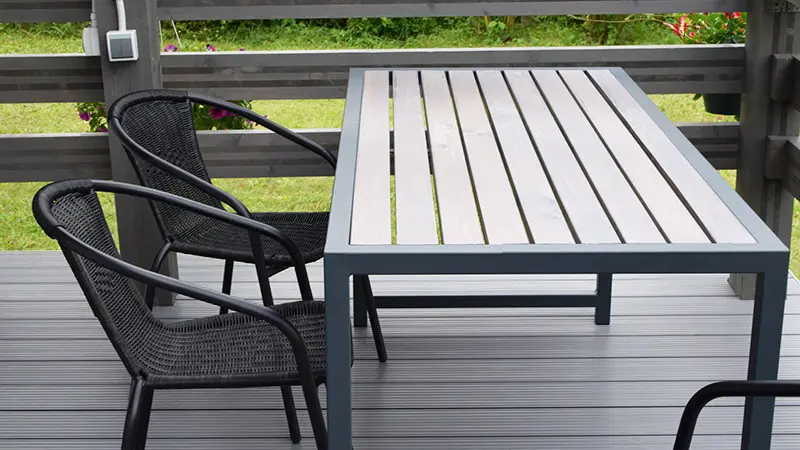What is the future development direction of wood plastic composites?
Wood-plastic composite materials refer to the use of polyethylene, polypropylene and polyvinyl chloride, etc., instead of the usual resin adhesive, mixed with wood flour, rice husk, straw and other waste plant fibers to form new wood materials, and then extruded, molded, injection molding and other plastic processing technologies to produce plates or profiles. It is mainly used in building materials, furniture, logistics packaging and other industries.
The development status of China's WPC market
China's WPCindustry has been in a period of rapid development since 2005, through more than ten years of development, production, quality, technology has made great progress, the scope of application continues to expand, product performance continues to improve, some have been higher than the international level. For example, the design of domestic products is more realistic on the surface of wood products, and the new products of multi-layer co-extrusion are developing rapidly, and the cost performance of products is more advantageous. In 2018, the introduction of environmental protection tax forced enterprises to pay attention to environmental protection and green development. wpc materials and products are typical green and low-carbon industries, and the development of WPC industry is fully in line with the national industrial policy orientation.
The development of the WPC market
From the beginning of the development of pallets, packaging boxes, automotive interior parts and other products, through the development and application of outdoor boarding, fences, tables and chairs, etc., wood plastic composites have begun to penetrate into a broader field of building structures, and strive to meet the mechanical performance requirements and external decorative effects of housing structural parts and other products, including door and window products, decorative panels, furniture plates and house foundation parts.
Correspondingly, higher requirements are also put forward for material performance, such as: outdoor products such as garden management should be anti-aging, anti-decolorization, and long service life; Good flame retardant performance for indoor doors, windows and decorative materials; The load-bearing products of the house foundation parts should have high mechanical properties, and they need to be strengthened and creep resistant.
With the improvement of energy-saving requirements, the construction industry has also put forward higher requirements for the energy-saving effect of wood-plastic composite products. Therefore, wood-plastic composites are developing in the direction of functionalization and high added value to adapt to a wide range of application fields, such as flame retardant, reinforced, anti-aging, creep resistant, thermal insulation and energy storage temperature regulation, etc., which will become the direction pursued by the industry.
Wood-plastic composites to save materials, environmental protection, recyclability and other advantages, become a very promising material, China's vigorous development of wood-plastic composites, not only in line with the needs of the development of the national economic situation, but also in line with the national industrial policy and energy conservation and environmental protection, low-carbon economy requirements. According to the guidance of the national circular economy and industrial development policy, under the pursuit of all kinds of investors, the new biomass plastic wood material with the two advantages of resource conservation and environmental protection will surely have greater development in the next few years. According to the current industrial development trend and market capacity forecast, if China's wood-plastic composite industry can make a breakthrough in technology and quality, the total output of wood-plastic composite materials is expected to exceed 4.6 million tons by 2020, and the output value will reach about 40 billion yuan, with an average annual growth rate of 25%.
In the future, to solve the existing problems, to ensure the growth of production capacity and output, at the same time, open up new markets, develop new products; In the co-extrusion, injection molding, pressing and hot pressing and other molding technologies have been innovated to achieve product diversification and serialization; We will further promote the integration of production, academia and research, and establish a mechanism for scientific and technological innovation.
The development prospects of the WPC industry are not only optimistic in China, but also in the world. This is not only because of the excellent characteristics of the product itself, but more importantly, it is determined by the significance of resource recycling and its important contribution to environmental protection. As an ideal environmentally friendly material, wood-plastic composites have low cost, can be reused and recycled, and are gradually replacing some products that cause pollution to the environment.









